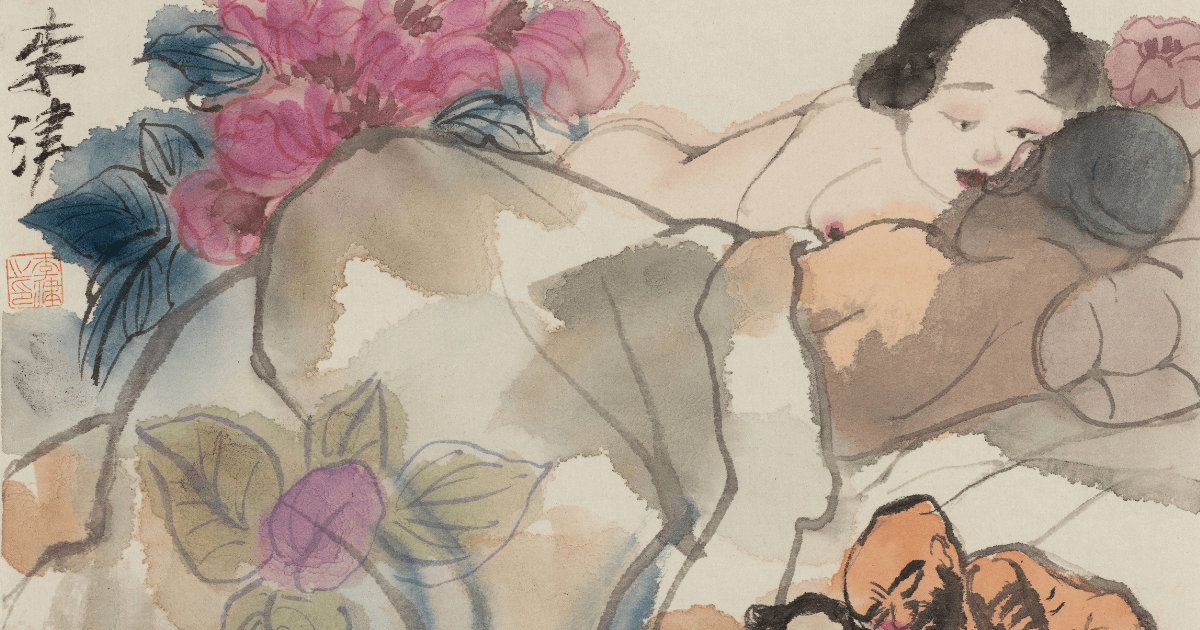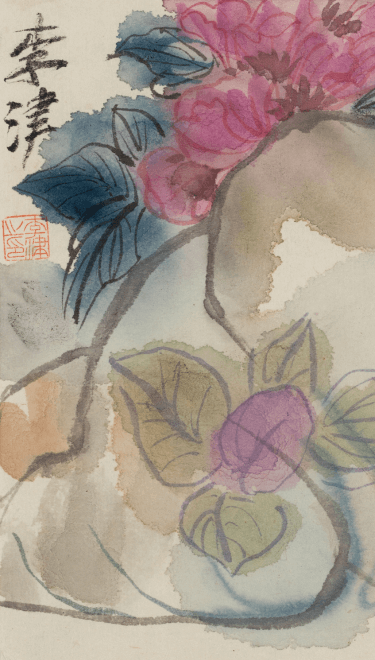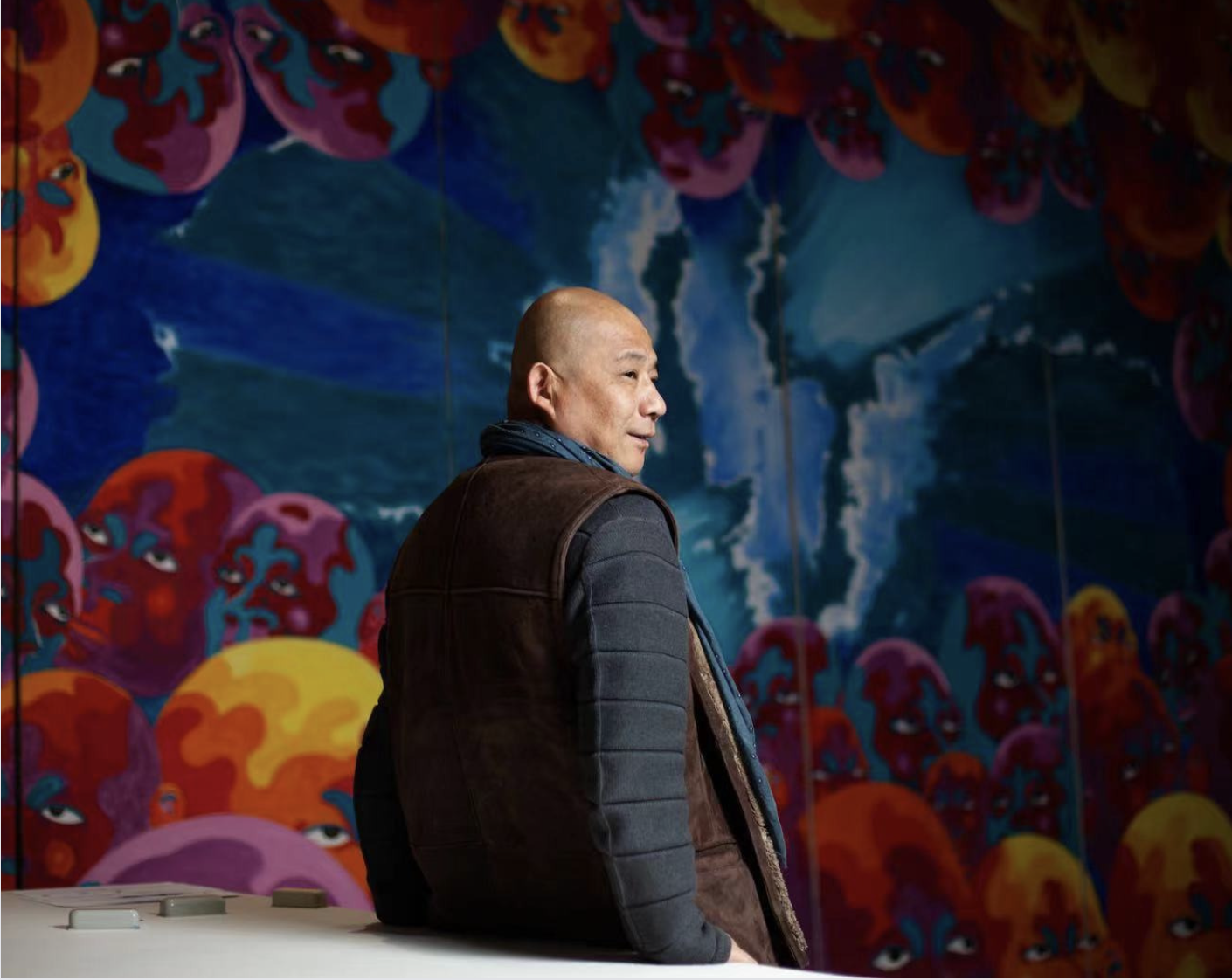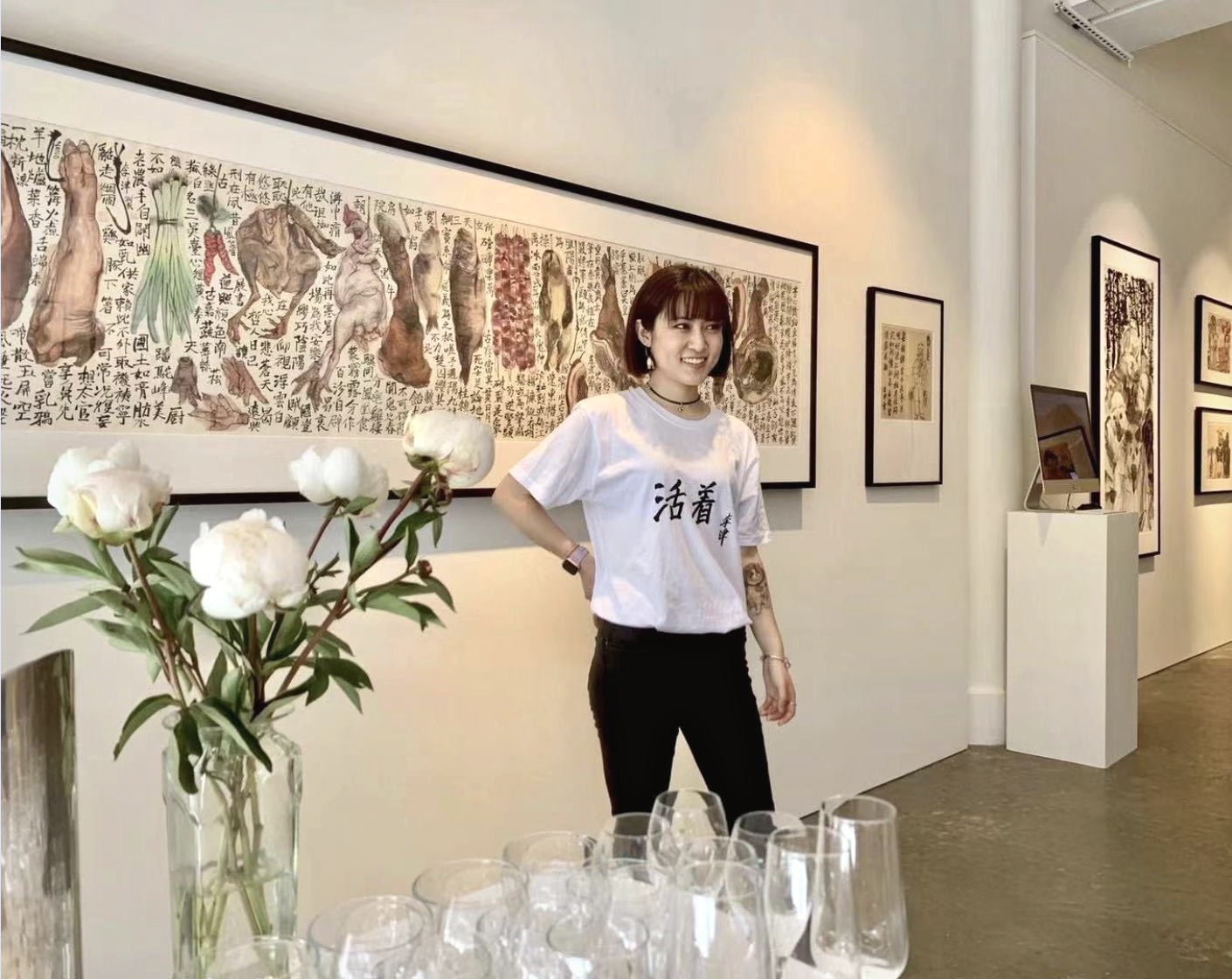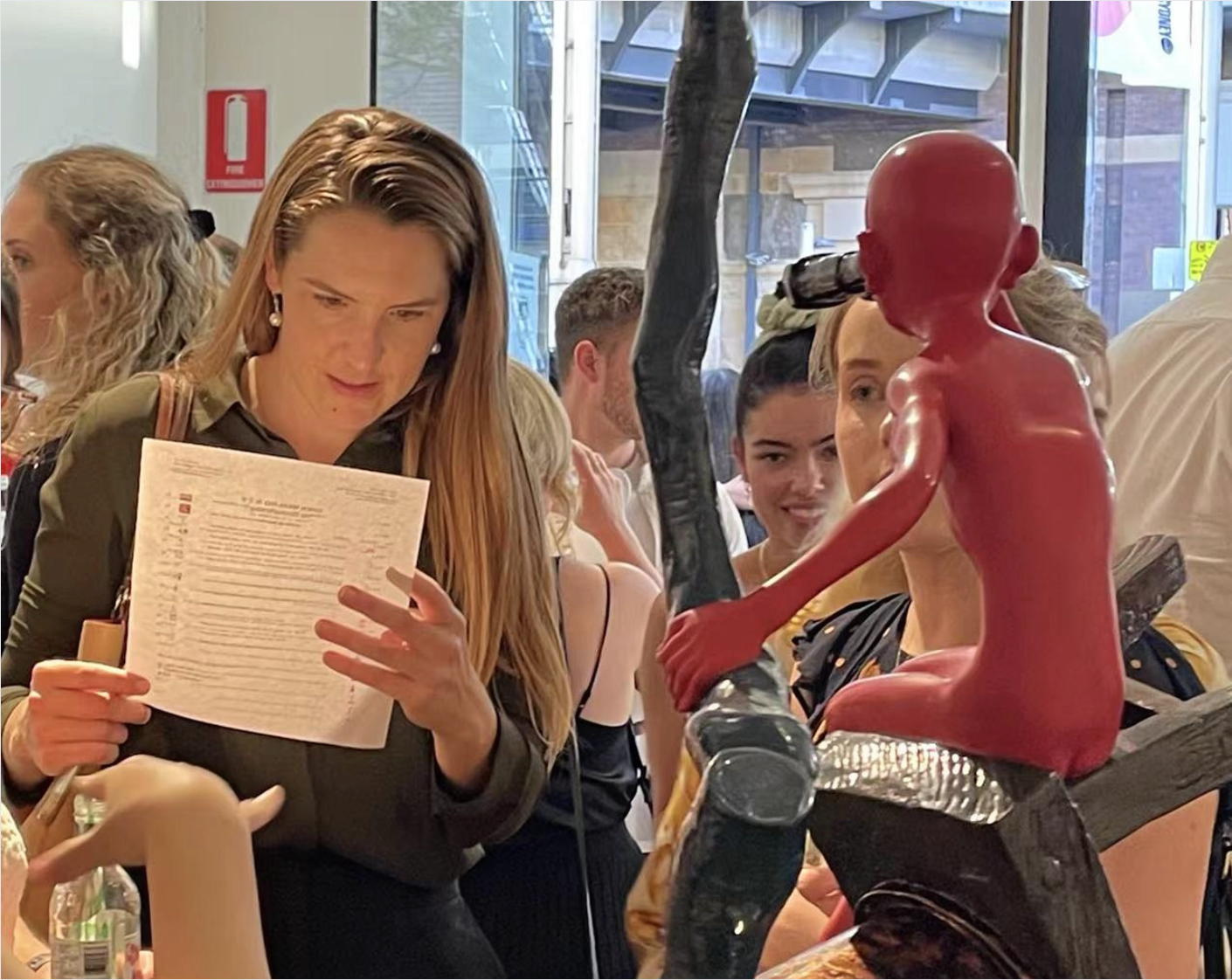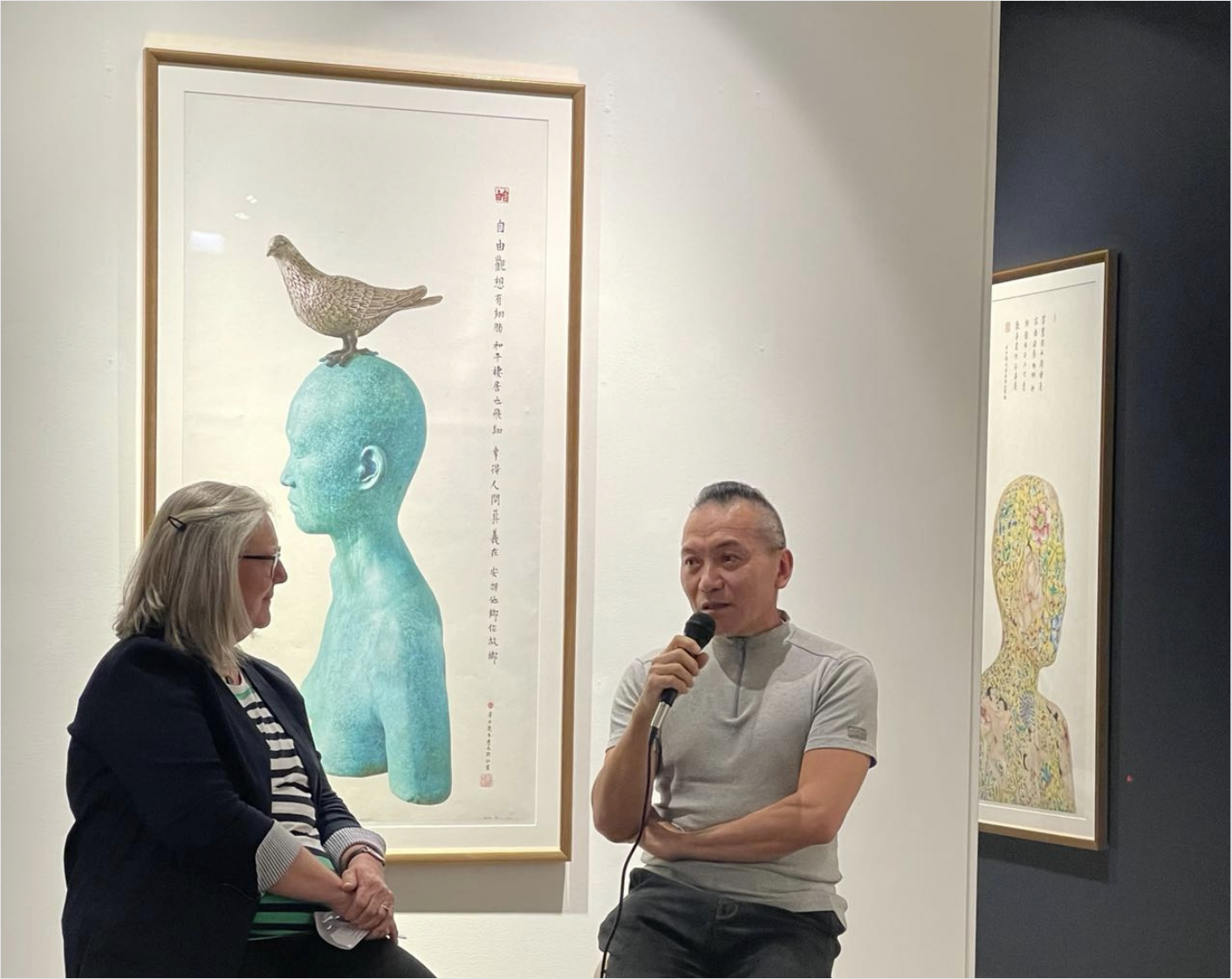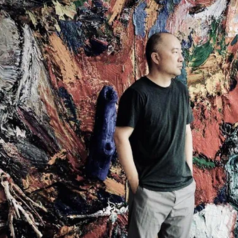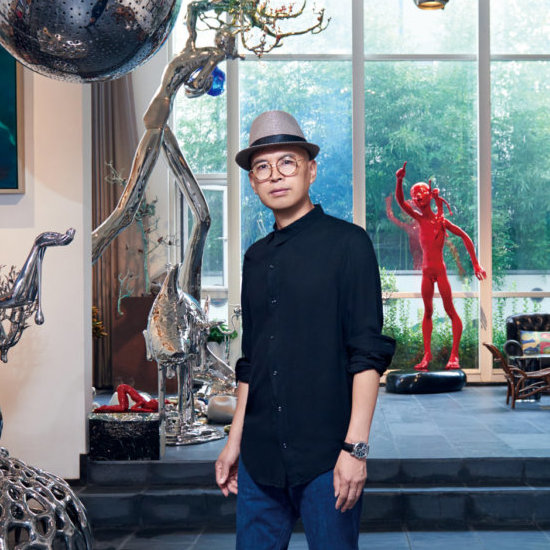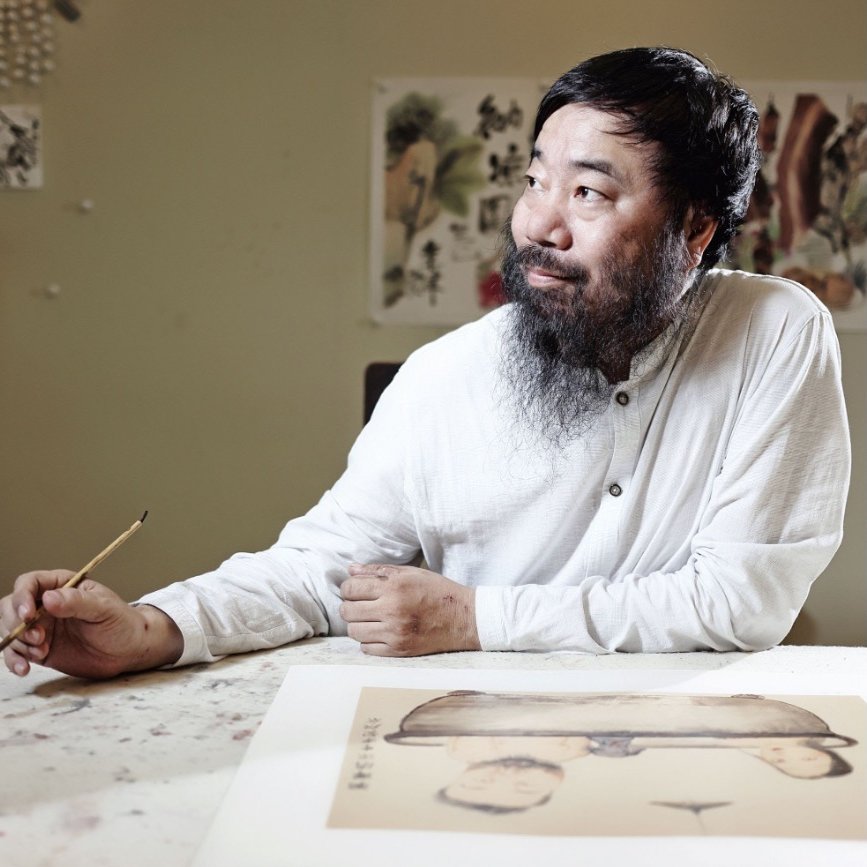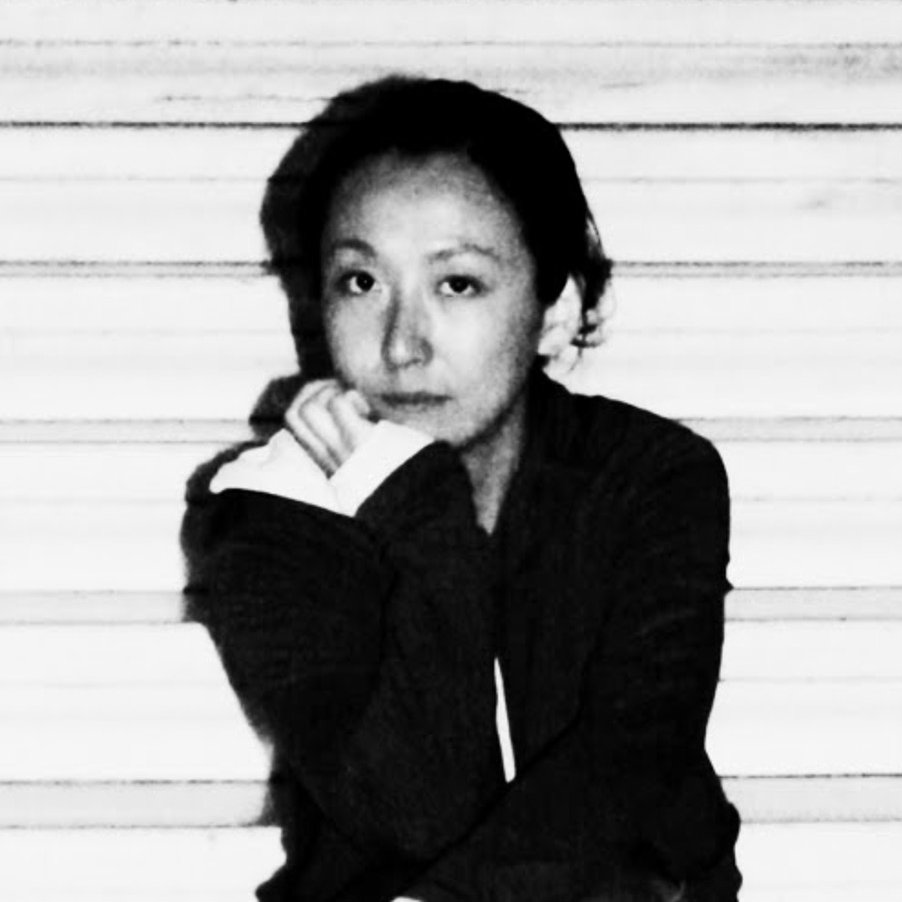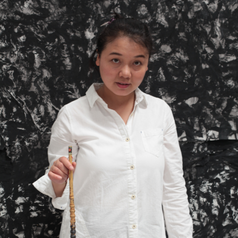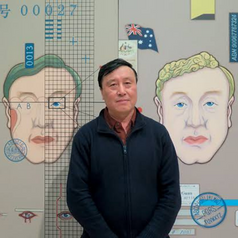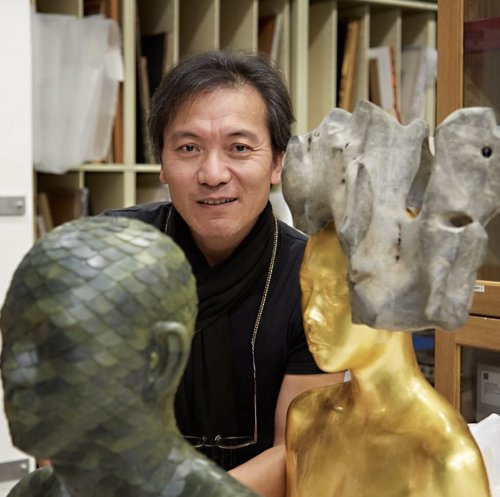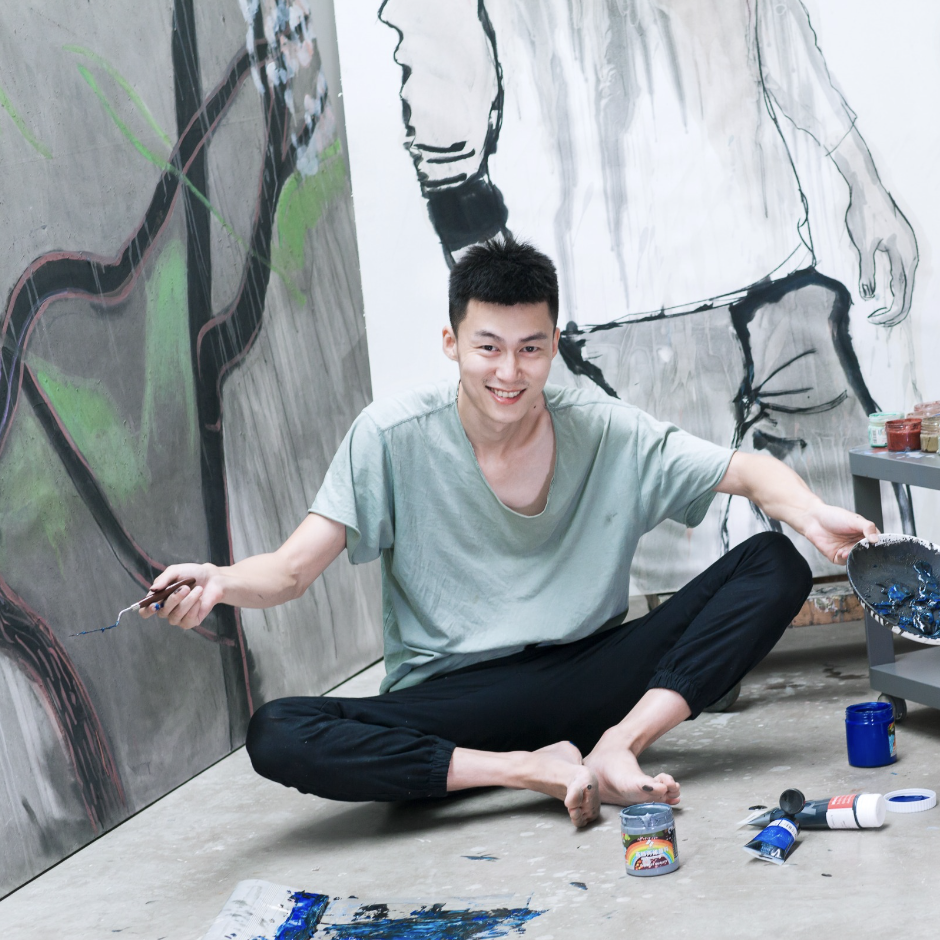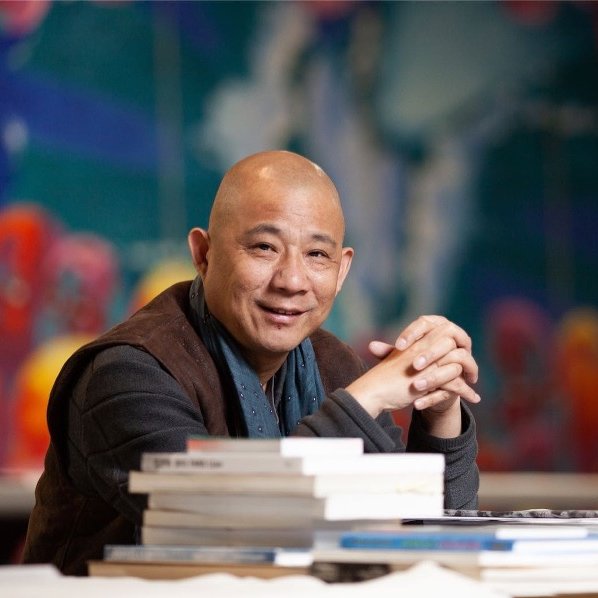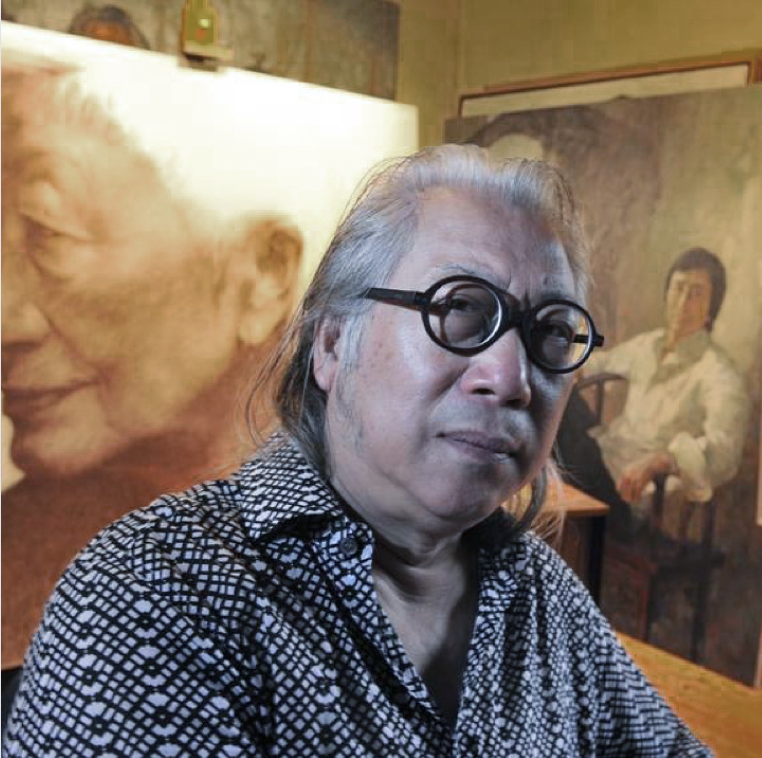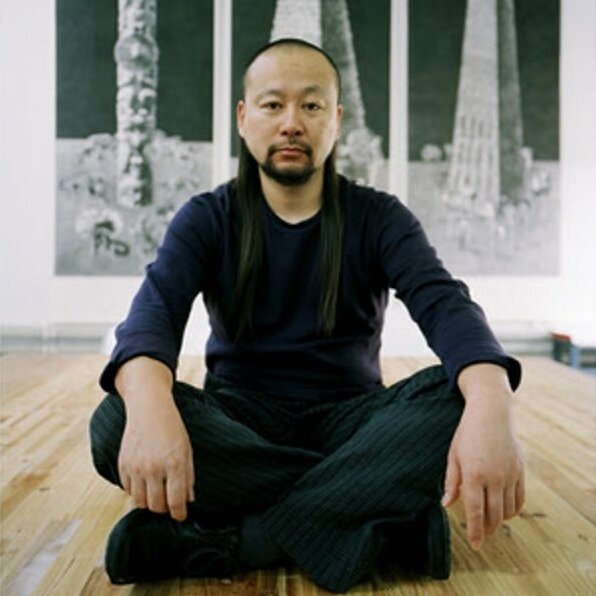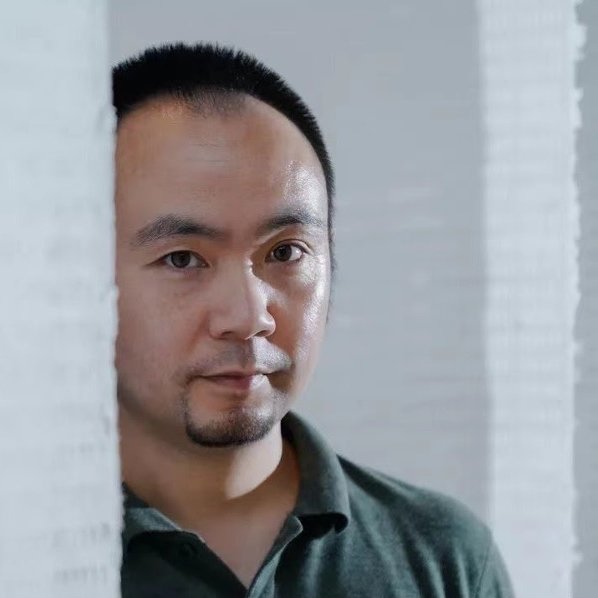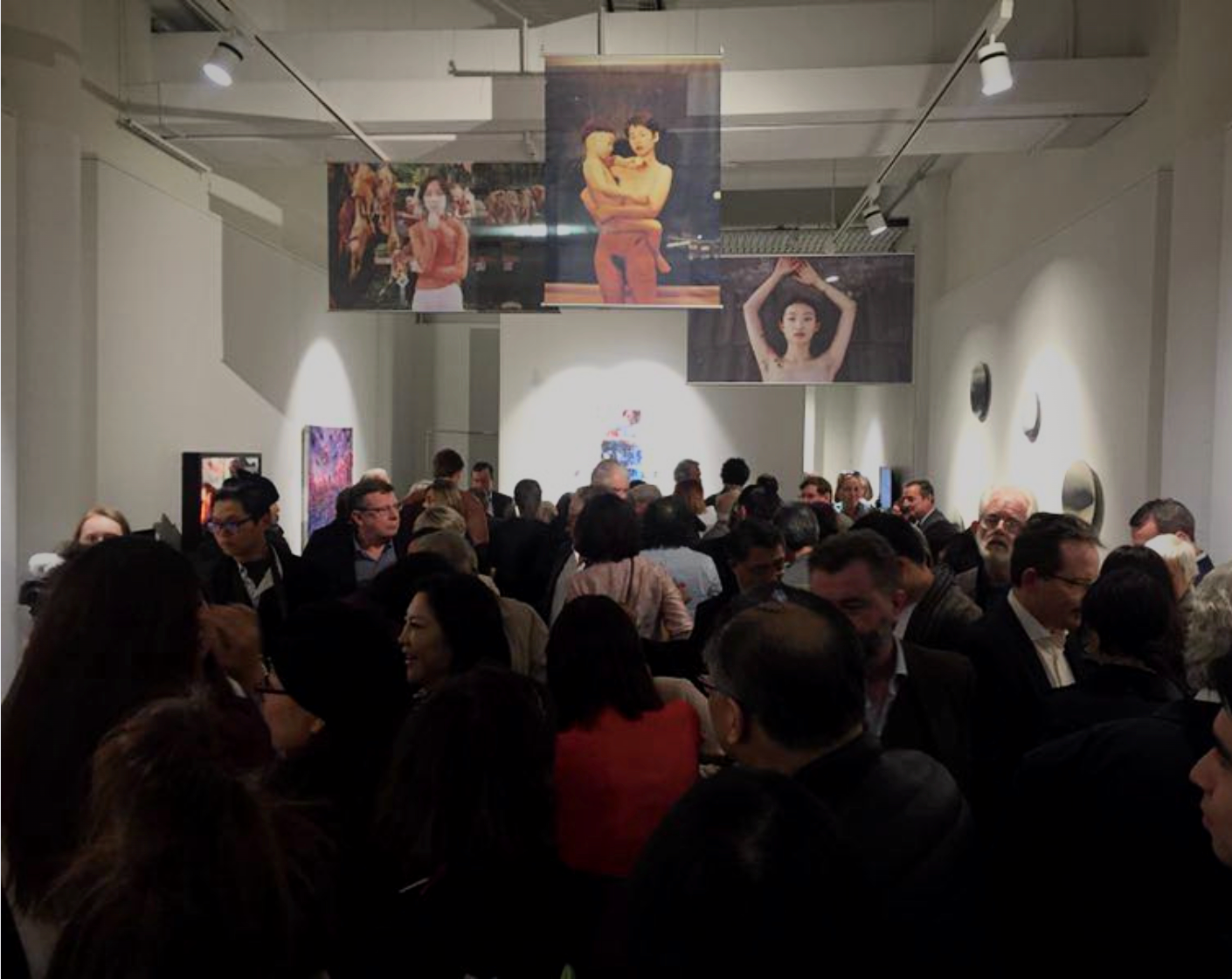
Established in Sydney in 2015, Vermilion Art is the first commercial gallery in Australia with a focus on Chinese contemporary art.
Vermilion Art has played a major role to introduce leading Chinese artists to Australia through exhibitions, curatorial projects, and collaborations.
As a young and dynamic gallery, Vermilion Art has worked closely with a range of internationally renowned artists including Fang Lijun 方力钧, Li Jin 李津, Chen Wenling 陈文令, Geng Xue 耿雪, Cang Xin 苍鑫 and Chinese Australian artists such as Ah Xian 阿仙.
FAQs
Chinese contemporary art first burst on the international art scene at the end of the 1980s. This followed a long gestation period from the late 1970s when China’s Reform and Open-Door policies began to transform China’s economy and place in the world. Chinese artists were suddenly exposed to western art history and liberalism, which led to a rapid turnover of artistic styles.
Since early 1990’s, major survey exhibitions of Chinese Contemporary art were shown in museums worldwide, and laid the groundwork in the West for a later appreciation of Chinese contemporary art in its historical context. Chinese contemporary art is both a product of and a commentary on one of the most profound economic and social transformations in human history.
Cai Guoqiang, drawing upon Eastern philosophy and contemporary social issues as a conceptual basis, his often site-specific artworks are imbued with a force that transcends the two-dimensional boundary to engage with society and nature.
Chen Wenling, recognized as one of the top contemporary sculptors in the international art industry, he examines the rapid rise of consumerism in modern-day China and the fraught relationship with its austere Communist past through a variety of surreal, often grotesque sculptures.
Fang Lijun, often recognized as synonymous with China’s early contemporary art movement, his work encapsulates the disillusionment of China’s youth in the 90s and revives the ancient Asian practice of woodblock printing.
Geng Xue, primarily working in porcelain, she investigates the fragile yet enduring nature of the ceramic medium, which metaphorically stands for the duality of man, and her reflections and appreciations of Chinese tradition.
Li Jin, best known for his lush and vibrant depiction of sensory pleasures in contemporary China, he is a master of ink and Chinese spiritual undertone.
Sun Xun, one of China’s most exciting young artists, he is best known for his animations made up of thousands of ink paintings, charcoal drawings and woodcuts. His work raises questions about what we perceive as truth and explores the slippery dynamics of memory, history, culture and politics.
Xu Bing, fascinated with visual and written languages, he builds powerful and poignant mixed-media installations that simultaneously evoke and subvert Chinese cultural traditions. He asks viewers to consider how our cultural backgrounds, especially those shaped by language, fundamentally colour and shape our worldviews.
Australia played a central role in the development of Chinese contemporary art and continues to do so today. From exhibitions in galleries, museums, and biennials to a significant presence in the auction and private markets, the audience for Chinese Contemporary art in Australia continues to grow.
In Sydney, the collection of Chinese contemporary art has been celebrated by Judith Neilson’s White Rabbit Gallery – home of the world’s largest collection of contemporary Chinese art. The Asia Pacific Triennial (APT) by Queensland Art Gallery | Gallery of Modern Art, 4A Centre for Contemporary Asian Art, Vermilion Art in Sydney and some other institutions also feature and facilitate cultural understanding between Australia and Asia, in the belief that cultural dialogues will have an important impact on the future.
Since Chinese Contemporary Art emerged in the secondary market in 2005, the burgeoning auction records have been making headlines. In China today, all sectors of the art world have experienced expansion and growth, which has seen a convergence of domestic and international interests in collecting and preserving artworks. Abroad, Chinese artists are the subject of museum retrospective exhibitions and feature on the covers of international art magazines.
